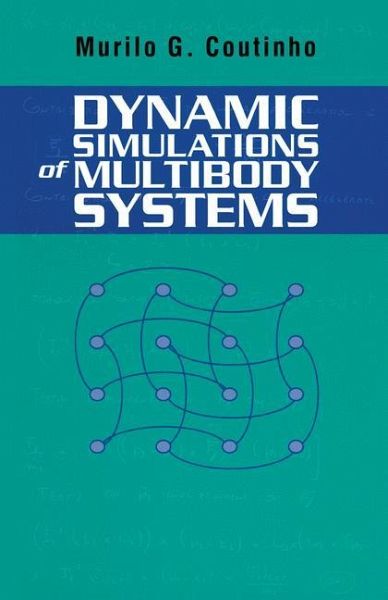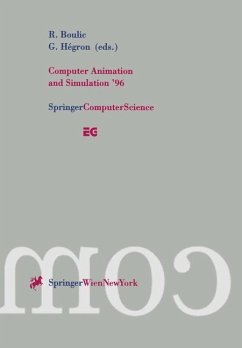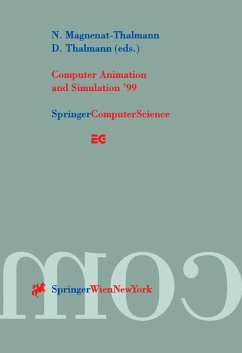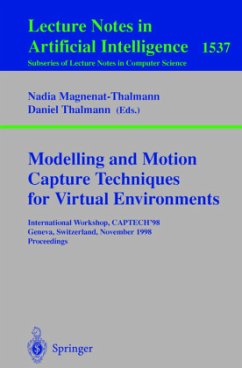
Dynamic Simulations of Multibody Systems

PAYBACK Punkte
45 °P sammeln!
Physically based modeling is increasingly gaining acceptance within the computer graphics and mechanical engineering industries as a way of achiev ing realistic animations and accurate simulations of complex systems. Such complex systems are usually hard to animate using scripts, and difficult to analyze using conventional mechanics theory, which makes them perfect candidates for physically based modeling and simulation techniques. The field of physically based modeling is broad. It includes everything from modeling a ball rolling on the floor, to a car engine working, to a hang ing shirt bein...
Physically based modeling is increasingly gaining acceptance within the computer graphics and mechanical engineering industries as a way of achiev ing realistic animations and accurate simulations of complex systems. Such complex systems are usually hard to animate using scripts, and difficult to analyze using conventional mechanics theory, which makes them perfect candidates for physically based modeling and simulation techniques. The field of physically based modeling is broad. It includes everything from modeling a ball rolling on the floor, to a car engine working, to a hang ing shirt being moved by a gust of wind. The theory varies from precise mathematical methods to purpose-specific approximated solutions that are mathematically incorrect, but produce realistic animations for the partic ular situation being considered. Depending on the case, an approximated solution might serve the purpose, however, there are times when approx imations are not admissible, and the use of accurate simulation engines is a requirement. Developing and implementing physically based dynamic simulation engines that are robust is difficult. The main reason is that it requires a breadth of knowledge in a diverse set of subjects, each of them standing alone as a broad and complex topic. Instead of attempting to address all types of simulation engines available in the broad area of physically based modeling, this book provides in-depth coverage of the most common simulation engines. These simulation engines restrict the general case of physically based modeling to the particular case wherein the objects interacting are either particles or rigid bodies.














